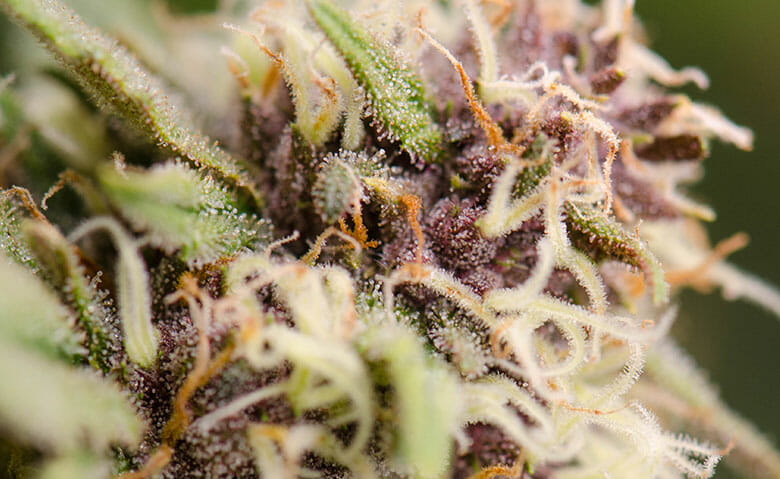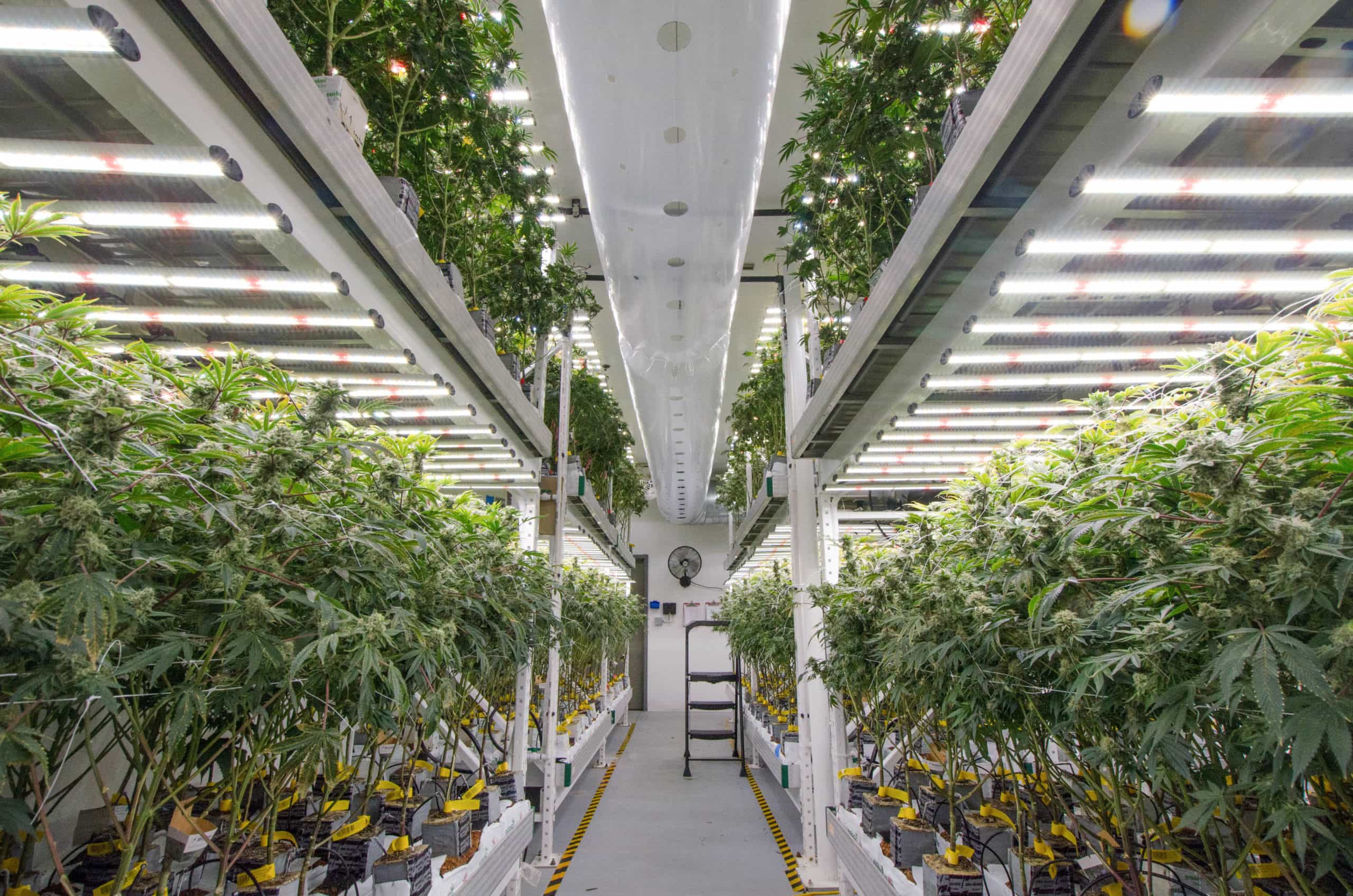
02 Jun Webinar: New Spectra Research
Almost daily, it seems, new questions are asked about what spectra are best for maximizing plant growth. At Fluence, we approach this on a scientific level, conducting studies that enable us to gather irrefutable data concerning the role of light in photosynthesis.
Among the research we’ve conducted is a look at how light outside of PAR impacts the growth and development of cannabis plants, and we recently shared the results of this study with participants from around the world via our webinar titled “Demystifying the Wavelengths Outside PAR.”
It is well-established that the wavelengths of light that directly drive photosynthesis fall between 400 nm and 700 nm — this is called photosynthetically active radiation, or PAR. We set out to discover whether wavelengths outside PAR have any impact on plant growth and what the impact is.
Fluence research project manager Brian Poel and his team started by looking at the shorter end of the light spectrum. Ultraviolet light falls in the 100 nm-400 nm range, and within that range there are three subclasses: UVA, UVB and UVC. The team studied the impact of UVB (280 nm-320 nm) light on three strains of cannabis. Key takeaways? Plants exposed to UVB produced reduced yields, and there was no significant difference in cannabinoid or terpene concentration between the plants exposed to UVB and the control group.
Fluence also looked at the other end of the spectrum: far red, photons with wavelengths from 700 nm to 800 nm. Here we discovered far red has the potential to contribute to growth, but not at any greater rate than simply adding more PAR and doesn’t appear to alter the plants’ chemistry in most cultivars. Our conclusion: Since it’s more cost-effective to add more PAR, it doesn’t make sense to add far red light to the mix.

Being able to make decisions based on scientific evidence is crucial to us as a company, as well as to our customers who need to feel confident that their equipment overhaul will produce results on top of helping them save on energy costs. We’re pleased to have been able to share this important data with global cultivators looking to maximize production.
After Poel wrapped up his formal presentation, he was joined by David Hawley, Ph.D., senior scientist at Fluence, to field questions from webinar participants.
Q: Which UV range are growers usually interested in?
A: In this study, we looked at UVB. The difference between UVA, UVB and UVC is pretty pronounced. We focused on UVB because it’s the range with the most pre-existing background research and evidence to suggest it could influence cannabis chemistryThere’s a photoreceptor in plants that has a peak in its action spectrum that is sensitive to 285 nm light, which is in the range of UVB; this is what we believe we would be manipulating in this study.
Q: Did you make any adjustments to CO2 or any other environmental parameters between the experimental grow and the control grow?
A: The differing light treatments were delivered in the same room. We used curtains to keep the light to each specific quadrant, but temperature, CO2, relative humidity, and irrigation regimes were the same throughout the environment.
Q: What impact would shade avoidance response have on a commercial facility?
A: The major shade avoidance responses are increased stem extension, reduced branching, and thinner leaves. One strategy could be to expand leaves as quickly as possible to try to close the canopy in, increasing light interception. This could also be achieved by increasing plant density. If you already have a very dense canopy, you’re probably not going to see much benefit from adding far red.
Q: At what stage in the plant growth cycle were the light treatments applied?
A: With respect to UV, that was delivered specifically during the flowering stage. Far red, also, was delivered only during the flowering stage. The reason we delivered in this stage is because we were more curious about the effect it would have on cannabinoid content and bud yield, and typically the changes you make during the flowering stage have the most impact on those two metrics.
To learn more, see the entire webinar here.




